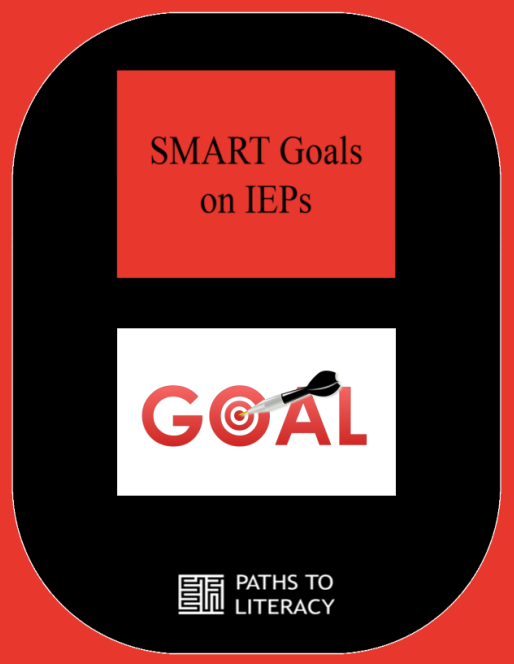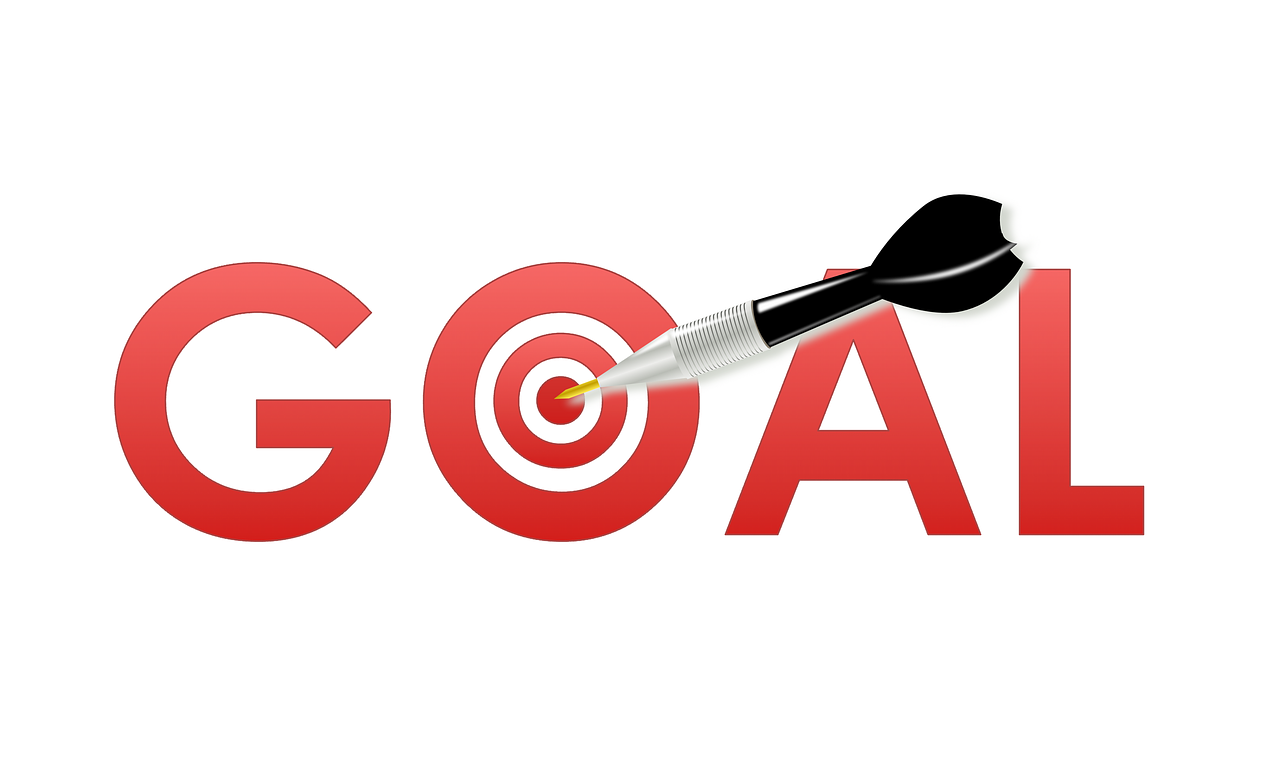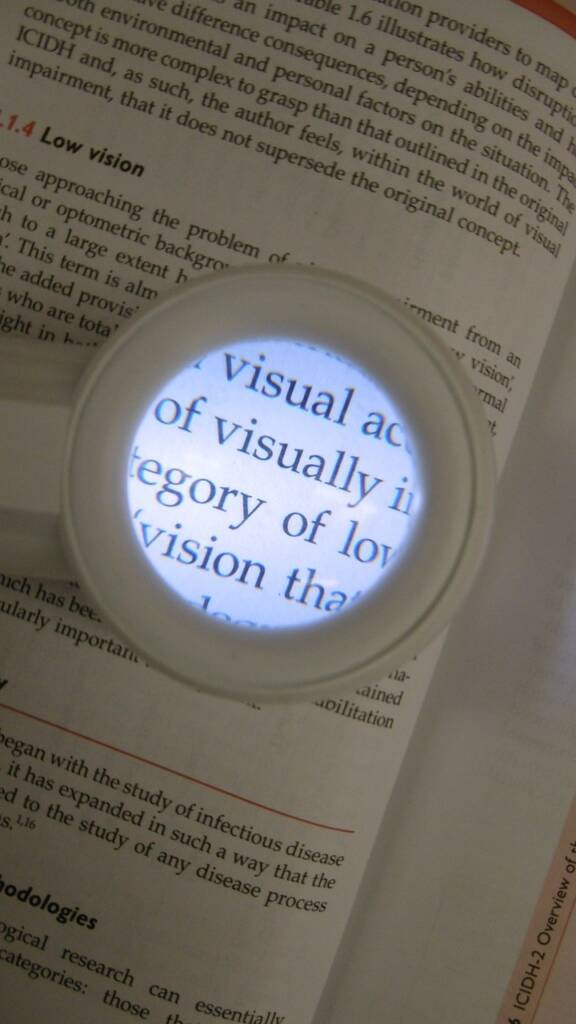Specific
Measurable
Attainable
Relevant
Time-bound
SMART goals are an essential part of the Individualized Education Program (IEP) for students with visual impairments.
These goals are specific, measurable, achievable, relevant, and time-bound, which makes them effective tools for TVIs (teachers of the visually impaired) to create targeted learning objectives for their students.
If you worry about having goals that are well crafted and MEASURABLE then using the SMART goal method is a guideline to get you there. When supervisors, advocates, team members, and yes…even lawyers, look at your goals they will be looking for this.
Essential to the success of a properly implemented IEP are well-designed goals. IEP goals are important because they:
- Provide a clear roadmap for a student’s education
- Help teachers and parents focus their efforts
- Ensure that the student receives the appropriate support to achieve their full potential.
SMART IEP goals should clearly state what the student will achieve, how progress will be measured, and when the goal will be achieved. Goals are designed to help students reach their full potential and improve their academic, social, and functional skills. As TVIs, we wear many hats and are often the case manager for our students. Making sure each team member has SMART goals in place make for a well designed IEP.
SMART is an acronym that stands for specific, measurable, achievable, relevant, and time-bound. Each IEP goal should meet all of these criteria to be effective, and use the state’s common core standards as well as guidelines for students with visual impairments, including ECC standards. Expanded Core Curriculum
- Specific: Goals should be clear and concise, leaving no room for interpretation. This means that the goal should describe what the student will do, how they will do it, and when they will do it.
- Measurable: Goals should have a clear and practical way of measuring progress and determining when they have been achieved. This means that the goal should be quantifiable, so progress can be tracked.
- Achievable: Goals should be attainable and realistic for the student. This means that the goal should be challenging but not overwhelming for the student.
- Relevant: Goals should be meaningful and relevant to the student’s needs, abilities, and interests. This means that the goal should align with the student’s strengths and weaknesses and relate to their academic, social, or functional needs.
- Time-bound: Goals should have a specific timeline for completion. This means that the goal should have a specific date or deadline for when it needs to be achieved.
Use this form when designing your own SMART goal
Resources:





